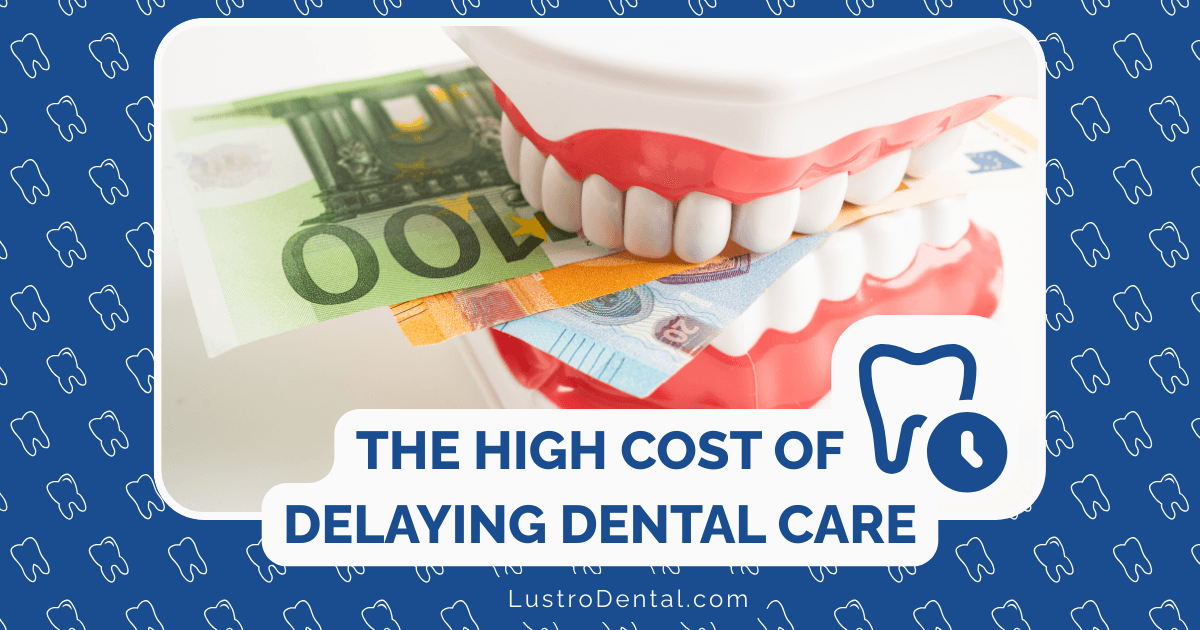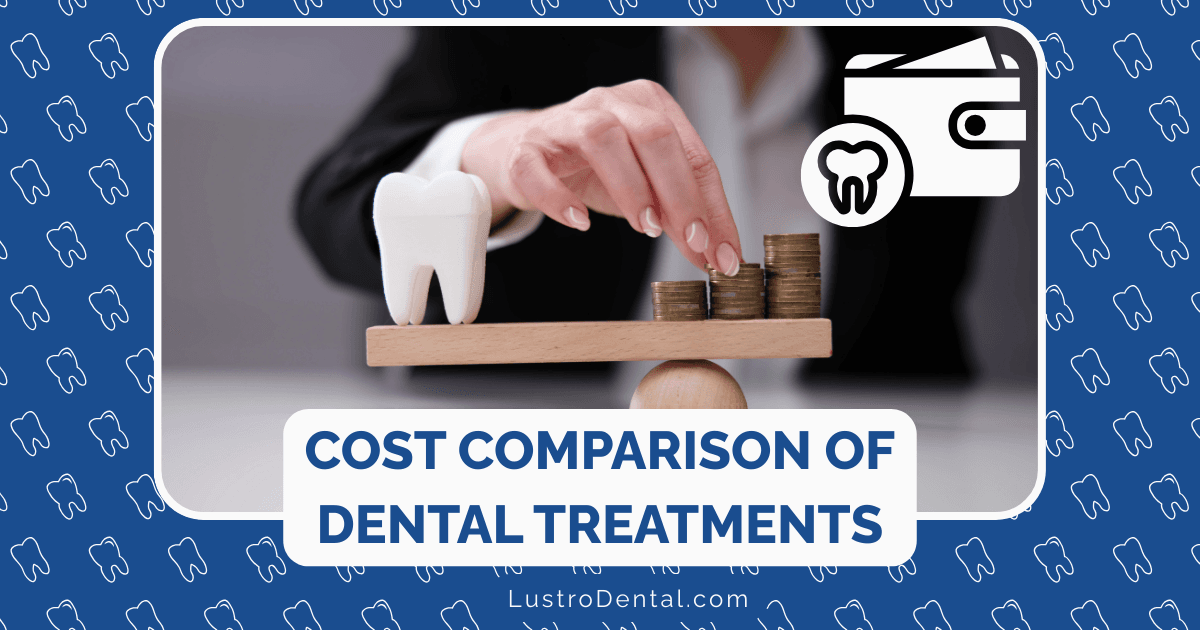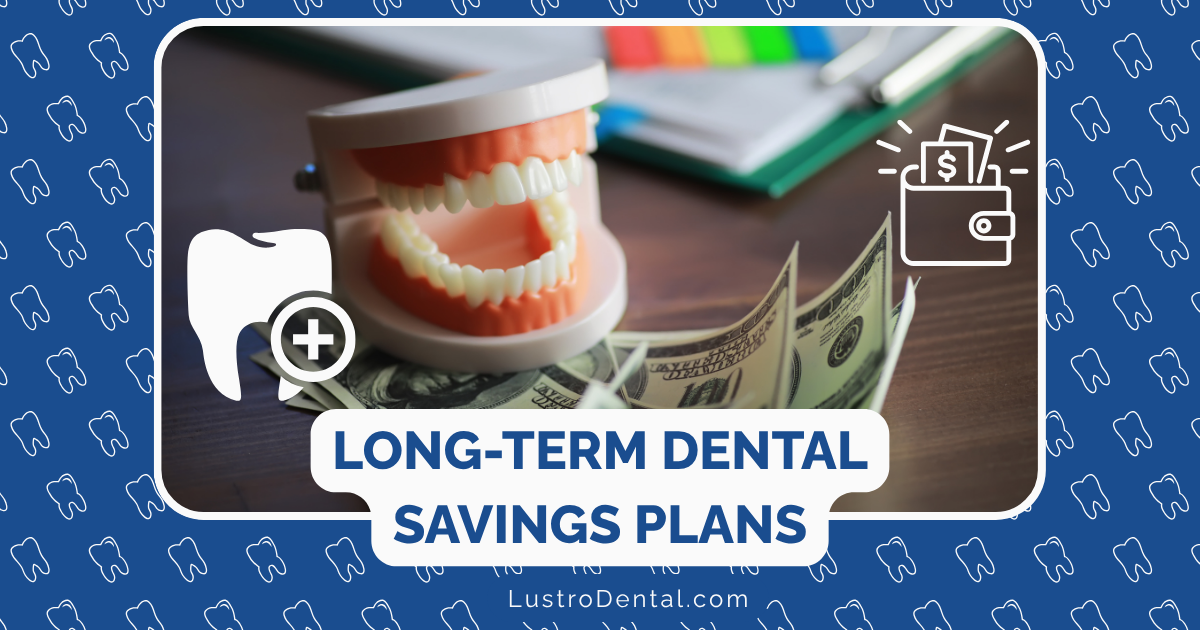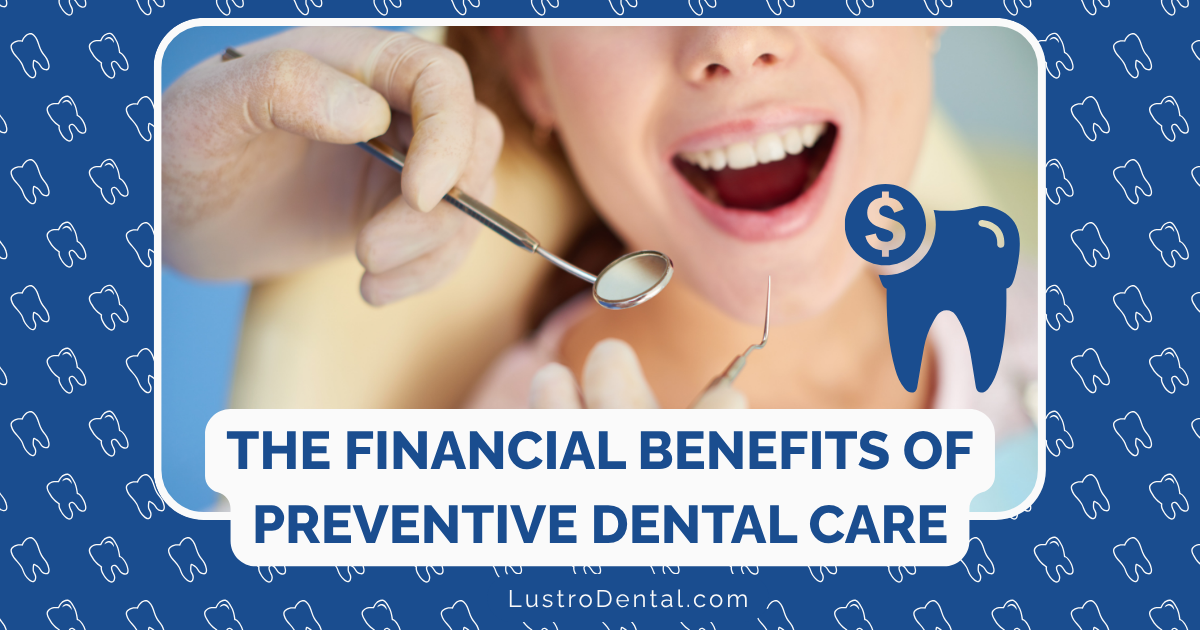Prioritizing Dental Needs When You Can’t Afford Everything at Once
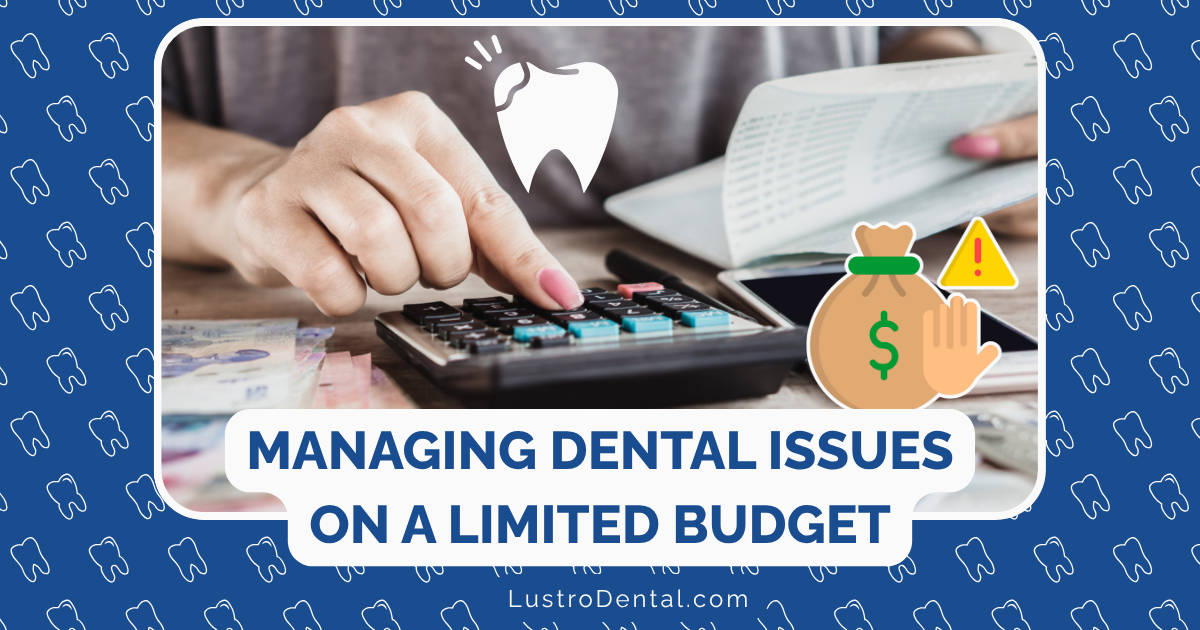
When faced with multiple dental issues and a limited budget, making decisions about which treatments to pursue can feel overwhelming. The average cost of dental procedures—from $200 for a simple filling to $3,000 for a root canal with crown or $5,000 for an implant—can quickly exceed what many people can afford, especially without comprehensive dental insurance.
Yet postponing dental care often leads to worsening conditions, more invasive procedures, and ultimately higher costs. According to the American Dental Association, preventative dental care is approximately 10 times less expensive than emergency care. This creates a challenging dilemma: how do you prioritize your dental needs when you can’t afford to address everything at once?
This guide will help you navigate these difficult decisions by providing a framework for prioritizing dental treatments, exploring cost-effective options, and maintaining oral health while managing financial constraints.
Understanding the Hierarchy of Dental Needs
Dental treatments generally fall into four categories, each with different levels of urgency and importance for your overall health:
1. Emergency/Urgent Care (Highest Priority)
What it includes:
- Severe pain or infection
- Dental abscesses
- Broken teeth with exposed nerves
- Severe bleeding
- Trauma to teeth or jaw
Why it’s top priority: Dental emergencies can lead to serious health complications if left untreated. Infections can spread to other parts of the body, potentially becoming life-threatening. According to dental experts, addressing severe pain and infection should always be your first priority, as these issues impact your ability to eat, sleep, and function normally.
2. Basic Restorative Care (High Priority)
What it includes:
- Fillings for cavities
- Treatment for gum disease
- Basic extractions
- Root canal therapy for infected teeth
- Repair of broken teeth
Why it’s important: These treatments address existing damage that will worsen without intervention. For example, a small cavity that might require a $200 filling today could develop into an infection requiring a $1,500 root canal and $1,000 crown if left untreated. Research published in the Journal of Dental Research indicates that untreated decay and gum disease can also contribute to systemic health issues, including heart disease and diabetes complications.
3. Preventive Care (Medium-High Priority)
What it includes:
- Regular dental cleanings (typically every 6 months)
- Examinations and x-rays
- Fluoride treatments
- Dental sealants
- Oral hygiene education
Why it’s valuable: Preventive care helps you avoid more expensive treatments in the future. According to the Centers for Disease Control and Prevention, every $1 spent on preventive dental care saves approximately $8-50 in restorative and emergency treatments. While it might seem counterintuitive to spend money on preventive care when you have existing issues, maintaining this aspect of your dental health prevents new problems from developing while you address current ones.
4. Cosmetic and Elective Procedures (Lowest Priority)
What it includes:
- Teeth whitening
- Veneers
- Cosmetic bonding
- Orthodontics for minor alignment issues
- Replacement of old but functional restorations for aesthetic reasons
Why it’s lowest priority: While these treatments can significantly improve your smile’s appearance and boost confidence, they generally don’t address functional problems or pain. From a health perspective, these can usually wait until more pressing issues are resolved and your budget allows.
Creating a Strategic Treatment Plan
Once you understand the hierarchy of dental needs, you can work with your dentist to develop a strategic treatment plan that addresses your most critical issues first while planning for less urgent procedures over time.
Step 1: Get a Comprehensive Examination
Before making any decisions, get a complete dental examination including x-rays. This provides a full picture of your oral health and allows your dentist to identify all issues requiring attention.
Ask your dentist to categorize your needed treatments using a system similar to what Dr. Saylor, a dental professional, recommends:
- A Issues: Active problems requiring immediate attention
- B Issues: Slow-growing problems that should be addressed within 1-2 years
- C Issues: Elective treatments that won’t cause pain or tooth loss if deferred
Step 2: Address Pain and Infection First
If you’re experiencing pain or have signs of infection (swelling, pus, fever), these issues should be addressed immediately. Not only do they impact your quality of life, but dental infections can spread to other parts of your body, potentially becoming life-threatening.
Treatment options for pain and infection might include:
- Antibiotics to control infection
- Root canal therapy to save an infected tooth
- Extraction if the tooth cannot be saved
- Drainage of an abscess
Step 3: Prevent Further Damage
Once immediate concerns are addressed, focus on treatments that prevent existing conditions from worsening:
- Fillings for cavities before they reach the nerve
- Treatment for gum disease before bone loss occurs
- Repair of cracked or broken teeth before they fracture completely
A study published in the Journal of the American Dental Association found that addressing small cavities with fillings costs approximately 75% less than waiting until root canal therapy is needed.
Step 4: Maintain What’s Healthy
While addressing existing problems, don’t neglect preventive care for your healthy teeth:
- Keep up with regular cleanings (every 6 months is standard)
- Consider spacing them out to every 9 months if your budget is tight and you have good oral hygiene
- Use fluoride treatments to strengthen enamel and prevent new cavities
Step 5: Plan for Cosmetic Improvements
Once your oral health is stabilized, you can begin planning for cosmetic improvements if desired:
- Start saving specifically for these procedures
- Ask about phased approaches that allow you to spread out costs
- Consider less expensive alternatives (e.g., bonding instead of veneers)
Cost-Effective Strategies for Dental Care
Beyond prioritizing treatments, several strategies can help you maximize your dental budget:
1. Explore Alternative Payment Options
Dental Schools and Teaching Clinics Dental schools offer treatments performed by supervised students at significantly reduced rates (often 30-50% less than private practices). The trade-off is longer appointment times and more visits, but the quality is generally excellent due to close faculty supervision.
Community Health Centers Federally Qualified Health Centers (FQHCs) provide dental services on a sliding fee scale based on your income. Find a center near you using the HRSA Health Center Finder.
Dental Membership Plans Many dentists offer in-house membership plans that provide discounts on treatments for a fixed annual fee. These can be more cost-effective than traditional insurance for some patients.
Payment Plans Ask about interest-free payment plans that allow you to spread costs over several months. Some practices offer these directly, while others work with third-party financing companies like CareCredit or Lending Club.
2. Maximize Insurance Benefits
If you have dental insurance:
- Schedule treatments strategically around your annual maximum
- Use your preventive benefits (often covered at 100%)
- Ask about alternative treatments that might have better coverage
- Consider scheduling complex treatments over two calendar years to utilize two years’ worth of benefits
3. Negotiate Fees and Ask About Alternatives
Fee Reduction Some dentists may offer reduced fees for patients paying cash or experiencing financial hardship. It never hurts to ask.
Treatment Alternatives For many dental issues, multiple treatment options exist with varying costs:
- A composite (tooth-colored) filling vs. a less expensive amalgam (silver) filling
- A partial denture vs. a more expensive bridge or implant
- Extraction with future implant vs. immediate implant placement
Ask your dentist to explain all options, including the pros, cons, and cost differences.
4. Invest in Prevention
The most cost-effective dental strategy is preventing problems before they start:
- Brush twice daily with fluoride toothpaste
- Floss daily
- Use an alcohol-free antimicrobial mouthwash
- Limit sugary foods and drinks
- Quit smoking (smokers have significantly higher rates of gum disease and tooth loss)
According to the American Dental Association, every dollar spent on preventive care saves between $8 and $50 in restorative and emergency treatments.
Real-World Examples of Prioritized Treatment Plans
To illustrate how prioritization works in practice, consider these examples:
Scenario 1: Multiple Issues with Severe Pain
Patient Situation:
- Severe toothache from an infected molar (requires root canal and crown)
- Several small cavities
- Mild gum disease
- Old silver fillings that are functional but unattractive
- Interested in teeth whitening
Prioritized Plan:
- Immediate: Root canal to address infection and pain
- Within 1-3 months: Permanent crown to protect the root canal-treated tooth
- Within 6 months: Fillings for small cavities to prevent them from worsening
- Ongoing: Treatment for gum disease and regular cleanings
- Future (when budget allows): Replacement of old fillings and teeth whitening
Scenario 2: Multiple Issues without Pain
Patient Situation:
- Several medium-sized cavities (no pain yet)
- One missing tooth (extracted years ago)
- Mild crowding of front teeth
- Interest in veneers for discolored front teeth
Prioritized Plan:
- Within 1-3 months: Fillings for cavities to prevent them from reaching the nerve
- Within 12 months: Replacement option for missing tooth (implant, bridge, or partial denture)
- Ongoing: Regular preventive care
- Future: Orthodontic treatment for crowding followed by veneers
When to Seek a Second Opinion
If you’re facing extensive and expensive dental work, getting a second opinion can be valuable. According to the American Dental Association, up to 30% of patients may receive different treatment recommendations when seeking a second opinion. Consider this option if:
- The recommended treatment plan seems excessive
- You’re facing multiple expensive procedures
- You feel pressured to make immediate decisions
- The dentist can’t clearly explain why certain treatments are necessary
Most dentists understand and respect patients’ desire for second opinions, especially for complex or costly treatment plans.
Special Considerations for Specific Groups
Seniors on Fixed Incomes
Seniors often face unique challenges, as Medicare doesn’t cover most dental procedures. Options include:
- Dental schools with geriatric clinics
- The Dental Lifeline Network for qualifying seniors
- State-specific programs for older adults
Parents Balancing Family Dental Needs
When managing dental care for an entire family:
- Prioritize children’s preventive care (sealants and fluoride treatments are highly cost-effective)
- Address issues in primary teeth that could affect permanent teeth development
- Consider staggering family members’ treatments based on urgency
Those with Chronic Health Conditions
If you have conditions like diabetes, heart disease, or are immunocompromised:
- Prioritize gum health, as periodontal disease can worsen these conditions
- Be proactive about infections, as they can have more serious consequences
- Discuss your medical condition with your dentist to help inform treatment priorities
Communicating with Your Dental Team
Open communication with your dental team is essential when working with a limited budget:
- Be honest about your financial constraints. Most dentists want to help patients get the care they need and can adjust treatment plans accordingly.
- Ask questions about treatment alternatives. Understanding all your options helps you make informed decisions.
- Request a written treatment plan with costs. This helps you plan financially and prioritize treatments.
- Discuss phasing treatments over time. Many dentists are willing to create multi-year plans that address the most critical issues first.
Conclusion: Balancing Health Needs and Financial Reality
Prioritizing dental care on a limited budget requires balancing immediate health needs with financial reality. By focusing first on pain, infection, and issues that will worsen without treatment, you can maintain your oral health while working toward more comprehensive care over time.
Remember these key principles:
- Address pain and infection immediately
- Prevent small problems from becoming big ones
- Maintain regular preventive care
- Consider cosmetic improvements only after health issues are addressed
- Explore all payment options and alternatives
- Invest in good home care to prevent new problems
With strategic planning and open communication with your dental team, you can achieve and maintain good oral health even with financial constraints. Your teeth are a long-term investment in your overall health and well-being, and a thoughtful approach to care will serve you well throughout your lifetime.
Have you successfully navigated dental care decisions on a limited budget? Share your experiences and tips in the comments below to help others in similar situations.


